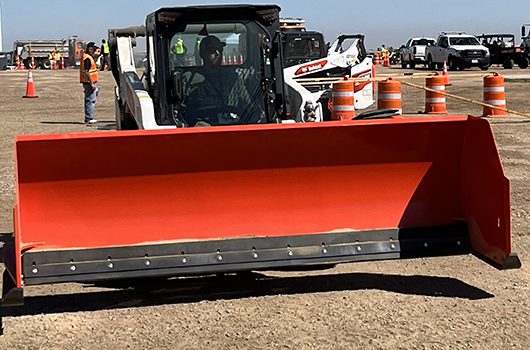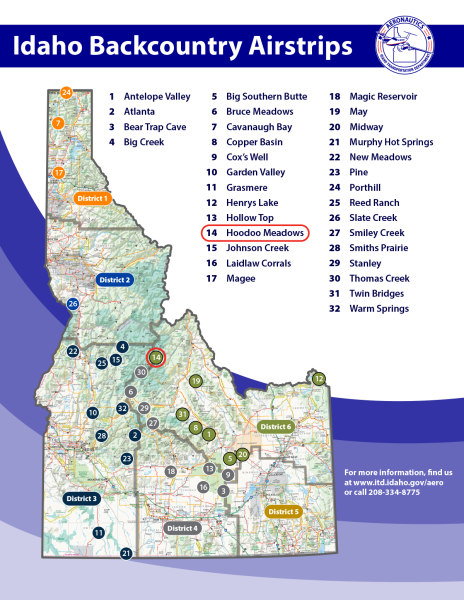ITD helps get life-sustaining heating fuel across restricted bridge

What do you do when a propane truck weighing twice as much as an old timber bridge is rated for needs to get across the bridge to deliver to a handful of people living on the other side who are completely dependent on that delivery to sustain warmth in winter? Recently, ITD was faced with that exact scenario on a bridge in North Idaho’s Boundary County with limited but important use for local access and recreation.
A consultant inspected the old timber bridge from 1960 and after finding significant rot, a weight restriction of 5 tons was placed on the crossing. However, residents living behind the bridge needed a propane truck delivery to supply their homes with heat. The loaded truck would far exceed the bridge’s weight restriction – it was twice as heavy as the posted limit! 
So, ITD worked together with a bridge-design consultant to figure out how to get the truck across the bridge and back again without overloading the rotten timbers. ITD provided the county with specific directions on how to safely get the truck across the bridge. On Tuesday morning, December 12, the Boundary County Road & Bridge department was on hand at the bridge to assist the propane truck and act as spotters as it delivered propane under a special permit.
Road & Bridge Road Foreman Bradley Barton and crew member Kris Lummus set the cones to mark the travelway, and after checking the actual propane capacity to verify it was 40% or less, directed the truck back across the bridge very slowly — less than the required 5 mph. The crossing went well, and they waited on site for the propane to make deliveries to three residences and then did the same procedure for the truck coming back across.
“This is a good example of ITD helping in a way that most people are unaware of,” said Bridge Asset Management Engineer Alan Buehrig, who spearheaded the department’s response. “This was a great example of ITD going the extra mile to provide customer service to the county and Idaho citizens.”


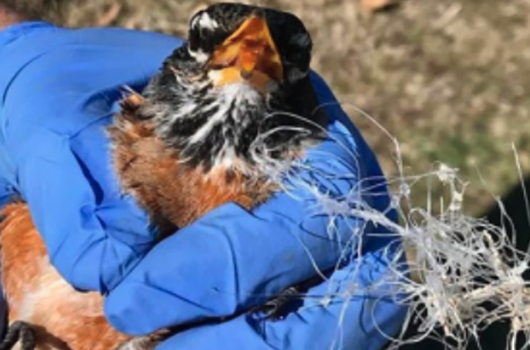
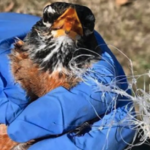


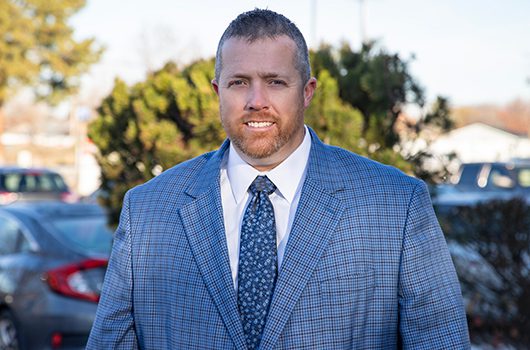

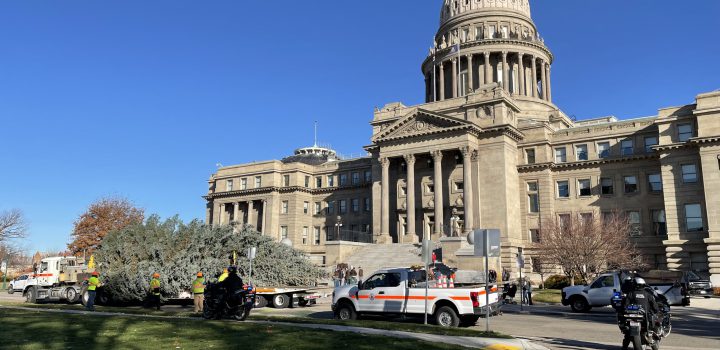

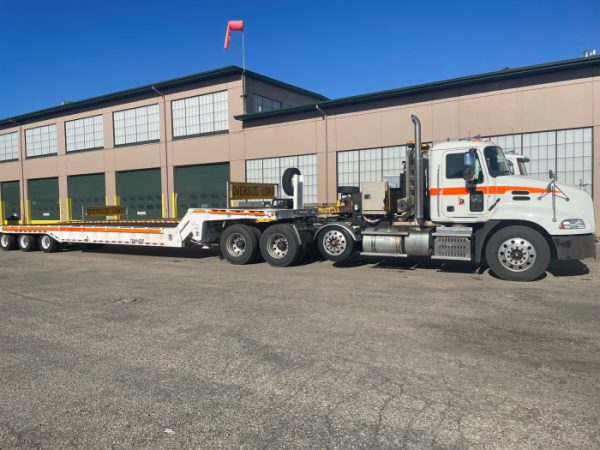
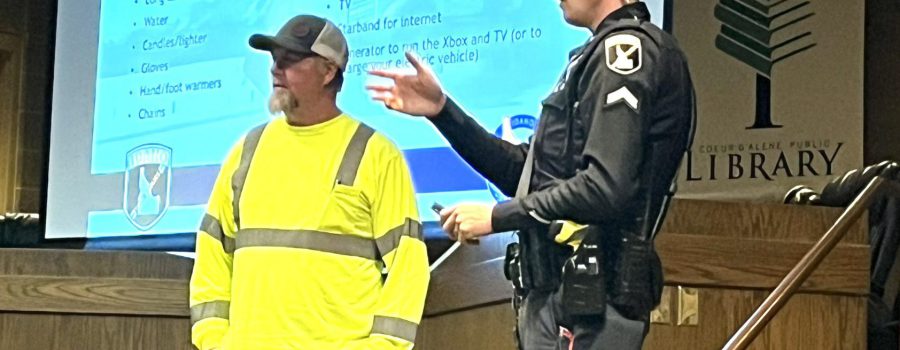
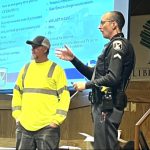
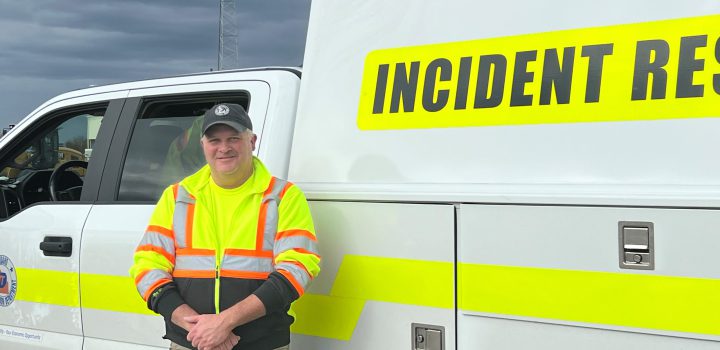

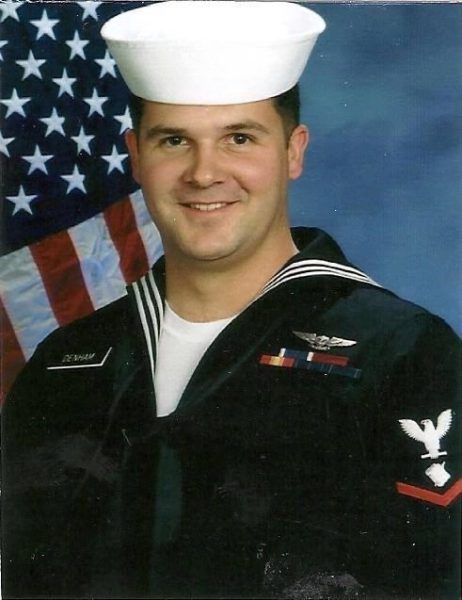
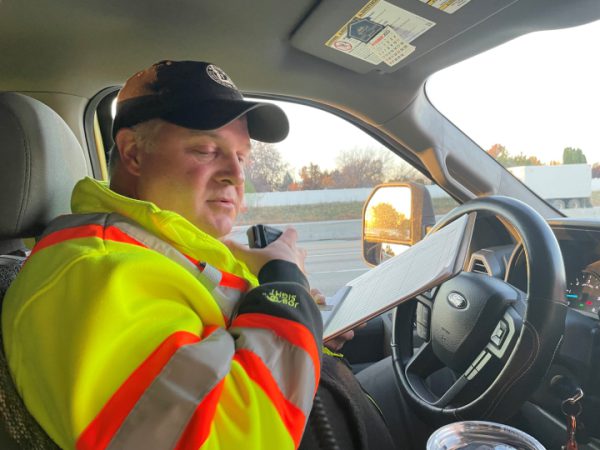
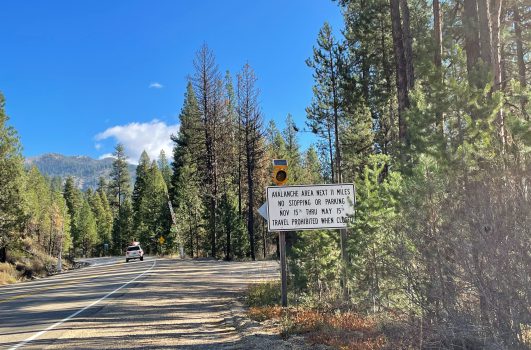

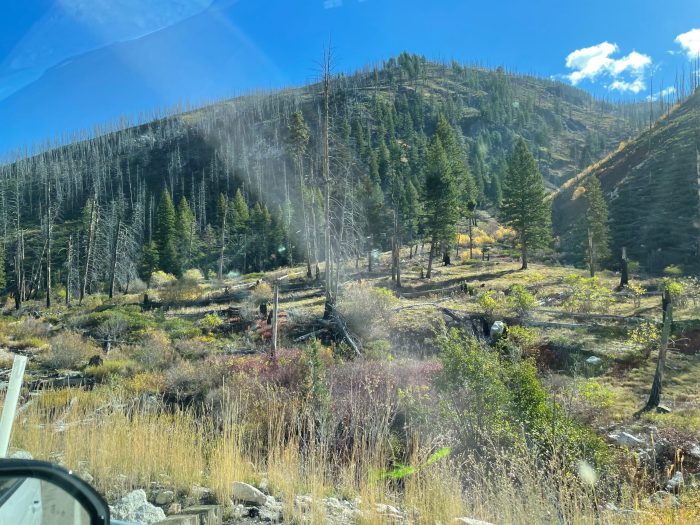 Another difference this winter brings is El Niño. The National Weather Service predicts a milder winter, but Nicholson says less snowpack can sometimes make it even more difficult. He says nothing is the same year to year, so they will use their experience and tools to examine the snowpack like they would any other year. The team relies on specialized weather reports from the National Weather Service, as well as mini weather stations that have been placed in risky areas.
Another difference this winter brings is El Niño. The National Weather Service predicts a milder winter, but Nicholson says less snowpack can sometimes make it even more difficult. He says nothing is the same year to year, so they will use their experience and tools to examine the snowpack like they would any other year. The team relies on specialized weather reports from the National Weather Service, as well as mini weather stations that have been placed in risky areas.